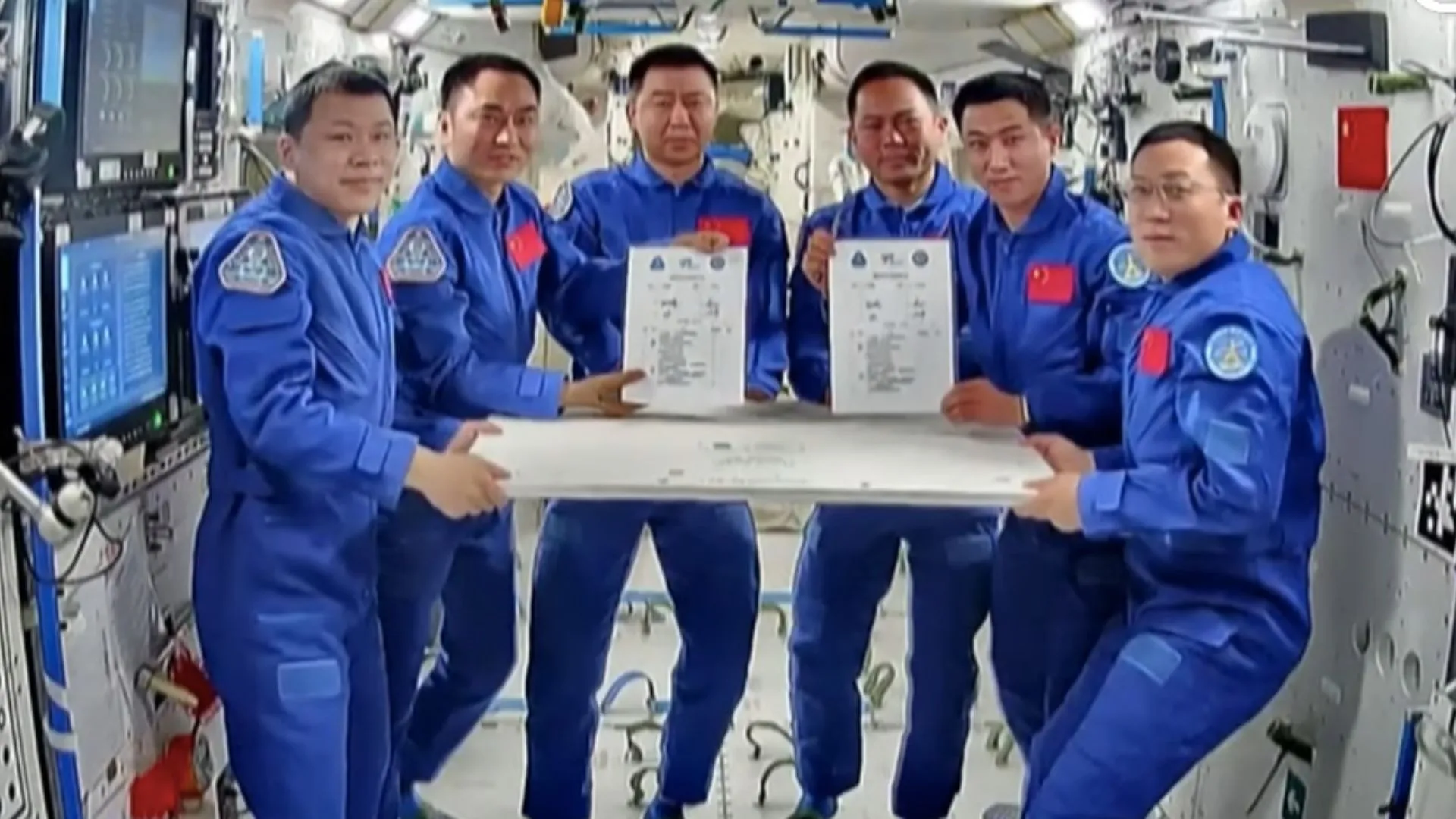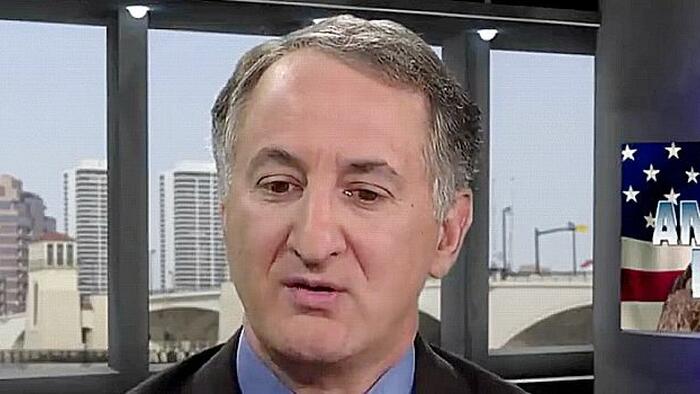Copyright Interesting Engineering

The China Manned Space Agency (CMSA) has postponed the return of the Shenzhou-20 mission crew, originally scheduled for November 5, following a suspected impact by small space debris on the return vehicle. An impact analysis and risk assessment of the vehicle is currently underway by the Chinese agency. Just days before the incident, the current Shenzhou-20 crew — Mission Commander Chen Dong, Wang Jie, and Chen Zhongrui — welcomed new replacement crew aboard the Tiangong space station and formally handed over control. The affected Shenzhou-20 spacecraft is one of two currently docked at the station, according to the South China Morning Post (SCMP). It is not unusual for space missions to be postponed. Past Chinese mission delays were typically due to factors like weather, landing conditions, or technical checks. However, this particular postponement, prompted by a suspected debris strike, stands out as an unusual event. Return delay of the crew After launching in April, the Shenzhou-20 trio was scheduled to land this Wednesday at the Dongfeng site in Inner Mongolia, northern China. China has an emergency rescue system. In extreme circumstances, astronauts can return earlier than planned, or a backup spacecraft (such as the Long March carrier rocket and Shenzhou craft) on standby can be rapidly launched for rescue. Experts note that this delay indicates Chinese mission operators are taking the suspected strike seriously, prioritizing safety, and erring on the side of caution, even for damage that may not be immediately visible. Richard de Grijs, executive director of the International Space Science Institute-Beijing, stated in the current era of space station operations, “even a suspected hit prompts mission control to wait, inspect, and ensure safety before returning.” Threat of space debris The exponential increase in the threat of space debris has led to the accumulation of fragments surrounding Earth’s orbit. The European Space Agency (ESA) estimates that there are currently over 128 million objects smaller than one centimetre in orbit, along with approximately 900,000 pieces between one and ten centimetres in size. Professor of Astrophysics Grijs confirms that these small debris strikes are both common and essentially unavoidable. Since the majority of these objects are less than a centimetre, they are impossible to track using current surveillance networks. These fragments travel at extremely high velocities, making them capable of inflicting significant damage to spacecraft and posing a real, tangible operational risk to crewed missions like the Shenzhou-20. Human space flight is designed with contingencies in mind, allowing fixed landing windows to be easily adjusted for technical issues, weather, or safety concerns. However, the crew’s extended stay could have certain consequences. From a medical standpoint, a prolonged stay demands diligent attention to consumables, radiation exposure, muscle/bone maintenance, and psychological well-being. On the other hand, the additional time in orbit will also provide more valuable data for China’s understanding of long-duration human spaceflight. The astronauts are likely to continue with scheduled experiments, maintenance, and station management until a safe return window is established. Life aboard the Tiangong space station is not all work; the crew recently achieved a milestone in comfort and innovation with a unique culinary event. For the first time, crew members from the Shenzhou-20 and Shenzhou-21 missions used a new oven to cook and enjoy a space barbecue.



